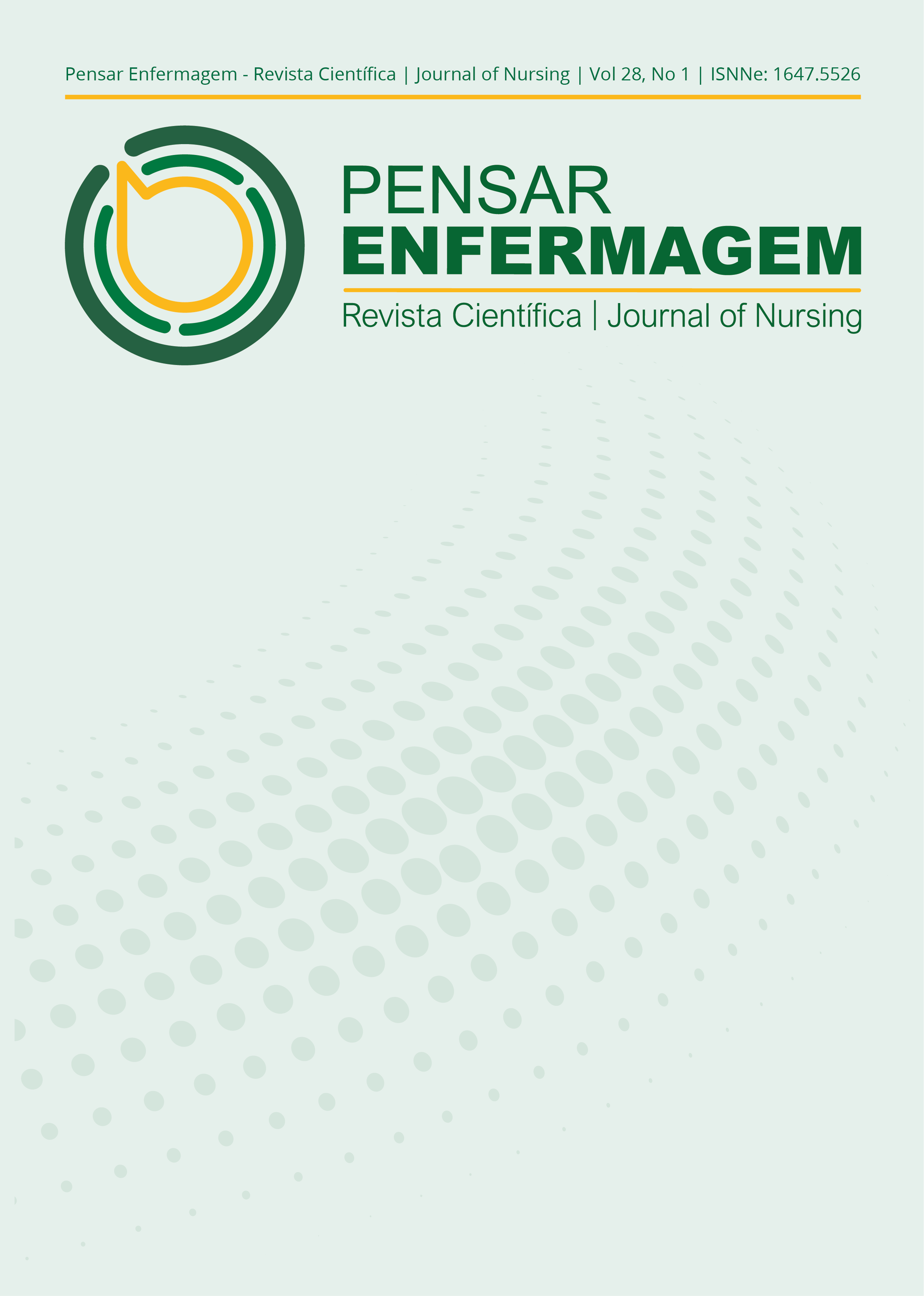Family perception of safety in hospital care for the pediatric patient: scoping review
Published 2024-03-04
Keywords
- Family,
- Hospitalization,
- Patient safety,
- Pediatrics
How to Cite
Copyright (c) 2024 Mariana Serpa Teixeira de Sousa, Maria João Pereira Lopes Correia, Elisabete Maria Garcia Teles Nunes

This work is licensed under a Creative Commons Attribution 4.0 International License.
Abstract
Introduction
Patient safety is one of the fundamental pillars of the quality of healthcare. The perception of families of hospitalized children allows for an expanded understanding of the factors contributing to the occurrence of safety incidents, raising awareness among healthcare professionals and organizations for implementing safer practices.
Objective
To map the available scientific evidence regarding the family's perception of the safety of care provided to hospitalized children.
Methods
A scoping review was conducted following the Joanna Briggs Institute recommendations (2020), adhering to the PRISMA-ScR checklist. Searches were performed on the CINAHL and MEDLINE databases (via EBSCOhost), SciELO, Scopus, and RCAAP, using descriptors and free terms in Portuguese, English, Spanish, and French, from 1999 onwards. Two independent reviewers carried out the search, study relevance analysis, data extraction, and synthesis between March and May 2022.
Results
Out of the 1,590 studies obtained, 29 were included as they met the eligibility criteria and addressed the objectives of the scoping review. Families reported various safety incidents, with a higher prevalence related to therapeutic administration. They frequently cited lack of communication as a contributing factor to unsafe care. Family members provided diverse suggestions for promoting safety, emphasizing increased vigilance, attention, and information transmission.
Conclusion
Family members of hospitalized children can identify safety incidents and contributing factors to unsafe care, offering suggestions for improvement. Understanding family members' perceptions and involving them are essential for enhancing the safety of hospitalized children. This scoping review allows healthcare professionals to reconsider their practices and recognize the importance of family involvement in care.

